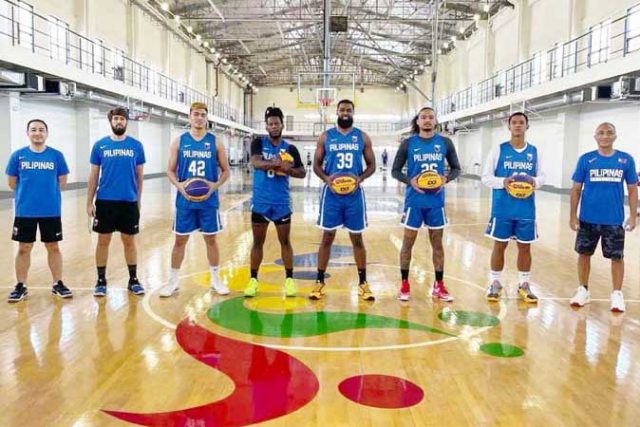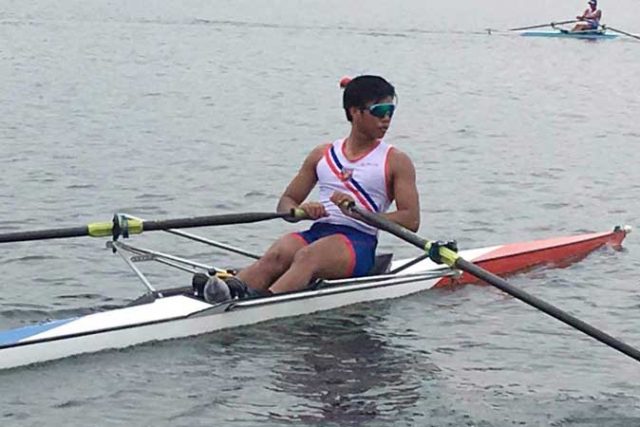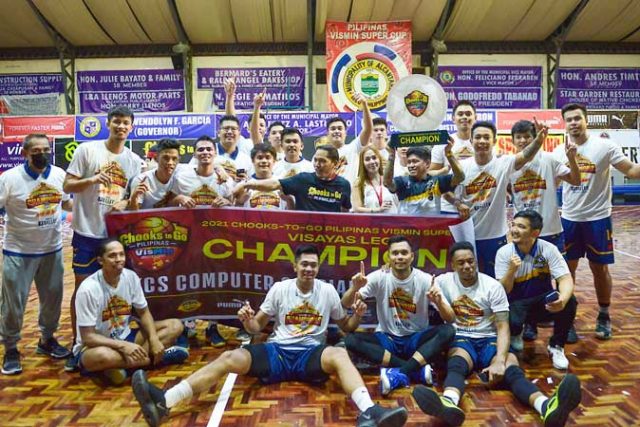(2nd of 2 parts)
While we applaud the government for another piece of tax legislation which will help small businesses bounce back, the approval came too close to the April 15 deadline. This resulted in some confusion and an appeal to extend the deadline for the filing of the Annual Income Tax Return (AITR).
Although many taxpayers, especially tax practitioners, lobbied for an extension, the Bureau of Internal Revenue (BIR) was quick to resolve the issue and decided not to extend.
Other than allowing taxpayers to file and pay anywhere even outside the jurisdiction of the Revenue District Office (RDO) where they are registered, an AITR filed on or before the April 15 deadline may be amended not later than May 15. If the amended return will result in additional payment, no penalties shall be imposed as provided in RMC 46-2021 while any over-payment may be carried over as a tax credit in the succeeding period or may be refunded.
Since the effectivity of the reduced rates is July 1, 2020, the BIR released transitory rates to be used for purposes of computing, filing, and paying annual income tax for the taxable year 2020.
Here is a tax guide on the Corporate Recovery and Tax Incentives for Enterprises (CREATE) Law:
1. With the reduction of corporate income tax (CIT) whether 20% or 25%, a one person corporation (OPC) will now have a tax advantage against a sole proprietor business which is subject to a maximum of 35% personal income tax;
2. MSME (Micro, Small and Medium Enterprises) corporations subject to 20% income tax are corporations (including OPC) with net taxable income not exceeding P5 million, and total assets not exceeding P100 million (excluding land);
3. Both individual and non-individual taxpayers will benefit from the temporary reduction of percentage tax from 3% to 1% effective July 1, 2020 to June 30, 2023;
4. Sale, importation, printing or publication of books, and any newspaper, magazine, journal, review bulletin on digital or electronic format is VAT-exempt;
5. VAT-exempt medicines: a. Diabetes, high cholesterol, and hypertension beginning Jan. 1, 2020; and, b. Cancer, mental illness, tuberculosis, and kidney diseases beginning Jan. 1, 2021;
6. Beginning Jan. 1, 2021 to Dec. 31, 2023, the sale and importation of the following shall be VAT exempt: a. Capital equipment, its spare parts, raw materials necessary for the production of PPEs; b. All drugs for the treatment of COVID-19 approved by the FDA for use in clinical trials;
7. Reduced MCIT of 1% from 3% is effective July 1, 2020 to June 30, 2023, imposed on the fourth taxable year in which such corporation commenced its business operations;
8. In the case of proprietary educational institutions or hospitals, if the gross income from “unrelated trade, business or other activity exceeds 50% of the total gross income derived by such educational institutions or hospitals from all sources, the tax prescribed for domestic corporations shall be imposed on the entire taxable income”;
9. The improperly accumulated earnings tax shall no longer be imposed on corporations upon the effectivity of the CREATE law. This shall apply to the entire taxable year for all fiscal years/taxable years ending after the effectivity of CREATE.
What’s next? With elections coming up, will the remaining packages of the Comprehensive Tax Reform Package pass into law before the filing of candidacies in October 2021? Will the Joint Congressional Oversight Committee on the Comprehensive Tax Reform Program (COCCTRP) revisit the TRAIN (Tax Reform for Acceleration and Inclusion) Law and Tax Amnesty Act before deliberating on the remaining packages? Can they pass the proposed two-year extension for Estate Tax Amnesty before it expires on June 14, 2021? How much have we collected from the ongoing tax amnesty? What happened to the proposed General Tax Amnesty? Is Congress really afraid of the lifting of the Bank Secrecy Law?
COCCTRP must align the definition and criteria for small businesses since the TRAIN law set a P3-million sales threshold for an optional 8% income tax rate while CREATE provides a P5-million net taxable income and total asset not exceeding P100 million for a lower income tax rate of 20% for small corporations.
Further, the TRAIN law created an ultra-rich category for individuals earning P8 million and above, imposing the highest personal income tax rate of 35% against 25% corporate income tax which will further be reduced to 20% in 2027. That’s why I’m proposing a 10% flat tax for small businesses with total assets not exceeding P100 million to further broaden the taxpayer base and increase voluntary compliance among MSMEs or non-large taxpayers whether registered as sole proprietor or corporation.
Here are some urgent tax reform agendas if we want to broaden our taxpayer base and increase voluntary compliance from the informal sector and digital economy including startups:
1. Update the annual gross sales threshold for marginal income earners (MIEs) and impose a fixed annual tax from P1,000 to P5,000 based on sales, assets and nature of business. This will allow those in the underground economy to register their businesses, e.g., sari-sari store, sidewalk vendors, online sellers, etc. Providing incentives and financial assistance will definitely encourage more MIEs to formalize their operations;
2. Revisit RA 9178, also known as the Barangay Micro Business Enterprise (BMBE) law, to automatically grant income tax exemptions to those who will register a business with total assets of not more than P3 million but limit it to sole proprietors or the self-employed who can only avail it once and be subject to one-time renewal after two years to avoid being abused. Aside from P500 annual registration, BMBEs shall pay a 3% percentage tax quarterly with an option to pay in advance at a lower rate during annual registration;
3. Revisit RA 8289, also known as Magna Carta for Small Enterprises, to align and standardize the definition of micro, small and medium enterprises (MSMEs) whether registered as sole proprietor or corporation. Instead of an optional 8% for a small business under the TRAIN law and 20% CIT under the CREATE law, a tax system providing an optional flat 10% for small enterprises with no more than P50 million to P100 million in total assets regardless of annual sales or net income will tremendously increase voluntary compliance and broaden the tax base;
4. Revisit RA 10963, also known as Tax Reform for Acceleration and Inclusion (TRAIN) Act, to repeal the 35% personal income tax for those earning above P8 million. This is owing to the fact that the CREATE law has provided an undue tax advantage for corporations paying only 25% versus 35%;
5. Revisit RA 11213, also known as the Tax Amnesty Act, to extend the deadline for another two years, allowing taxpayers to recover from losses and utilize their available funds to pay outstanding debts. Passing a General Tax Amnesty law with a provision to lift the Bank Secrecy Law is also urgent and necessary to collect more taxes without relying on audit and investigation.
Whether these proposals will be considered and completed under the Duterte administration, I hope Congress will increase the budget of the BIR by at least 100% to fund its digitalization and to professionalize tax administration if we really want to reform our tax system to be simpler, fairer, and more efficient.
This article reflects the personal opinion of the author and does not reflect the official stand of the Management Association of the Philippines or MAP.
Raymond “Mon” A. Abrea is a member of the MAP Ease of Doing Business Committee, the Founding Chair and Senior Tax Advisor of the Asian Consulting Group and the Co-Chair of the Paying Taxes — EODB Task Force. He is Trustee of the Center for Strategic Reforms of the Philippines — the advocacy partner of the Bureau of Internal Revenue, Department of Trade and Industry, and Anti-Red Tape Authority on ease of doing business and tax reform.
map@map.org.ph
mon@acg.ph
map.org.ph













![sport-1014015_1920-[Peggy-und-Marco-Lachmann-Anke-from-Pixabay-]](https://www.bworldonline.com/wp-content/uploads/2021/05/sport-1014015_1920-Peggy-und-Marco-Lachmann-Anke-from-Pixabay--640x427.jpg)
![vaccination-5958739_1280-[cromaconceptovisual-from-Pixabay]](https://www.bworldonline.com/wp-content/uploads/2021/05/vaccination-5958739_1280-cromaconceptovisual-from-Pixabay-640x427.jpg)
![income-tax-4097292_1920-[]](https://www.bworldonline.com/wp-content/uploads/2021/05/income-tax-4097292_1920--640x427.jpg)